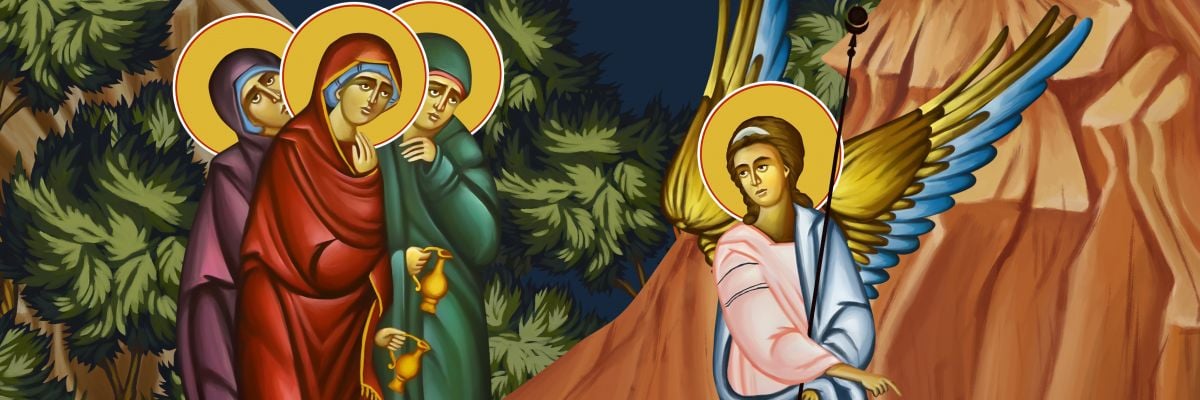
DAY 232
CHALLENGE
“The Gospels contradict each other about which women went to Jesus’ tomb.”
DEFENSE
The Gospels simply record different details.
The following women are mentioned as going to the tomb:
- Mary Magdalen and the “other Mary,” who is identified as “the mother of James and Joseph” (Matt. 28:1; cf. Matt. 27:56, 61)
- Mary Magdalen, Mary the mother of James, and Salome (Mark 16:1)
- Mary Magdalene, Joanna, Mary the mother of James, and the other women with them (Luke 24:10)
Mary Magdalen (John 20:1)
For a contradiction to exist, one Gospel would have to assert a particular woman was there and another would have to deny she was, but this is not what happens. No Gospel asserts any of the women wasn’t there. This means different evangelists merely chose to record different details, in keeping with the choices every author must make (see Day 258’s discussion of descriptive approximation).
Based on Luke’s list, which is the most extensive, there were a minimum of five women who went to the tomb and possibly more, so it’s not surprising the evangelists chose not to name everyone.
We may be able to determine why they made some of the choices they did. Mary Magdalen is always mentioned first, indicating a special prominence. It’s likely she went on to be the most well-known female witness to the empty tomb in the first-century Church.
The other named women may be mentioned because the evangelist who names them was personally familiar with their testimony. Named individuals in the Gospels sometimes appear to be the key tradents (tradition-bearers) for the sections where they appear (see Richard Bauckham, Jesus and the Eyewitnesses, chapter 3). It’s also possible they were mentioned because they were known to the audiences of the individual Gospels (compare the way Mark 15:21 mentions Alexander and Rufus, who were apparently known to his audience). It’s even possible the named women were among the Gospels’ intended audiences.
The reason John mentions only Mary Magdalen is likely because he intended to supplement the synoptic Gospels (see Bauckham, “John for Readers of Mark” in The Gospels for All Christians), because she was involved in his own eyewitness experience (John 20:1–10), and because he had information about her encounter not recorded in the other Gospels (John 20:11–18).



